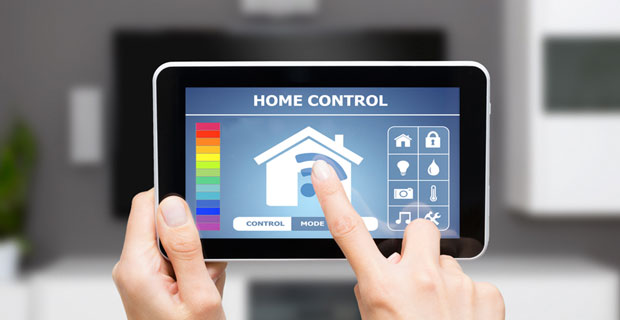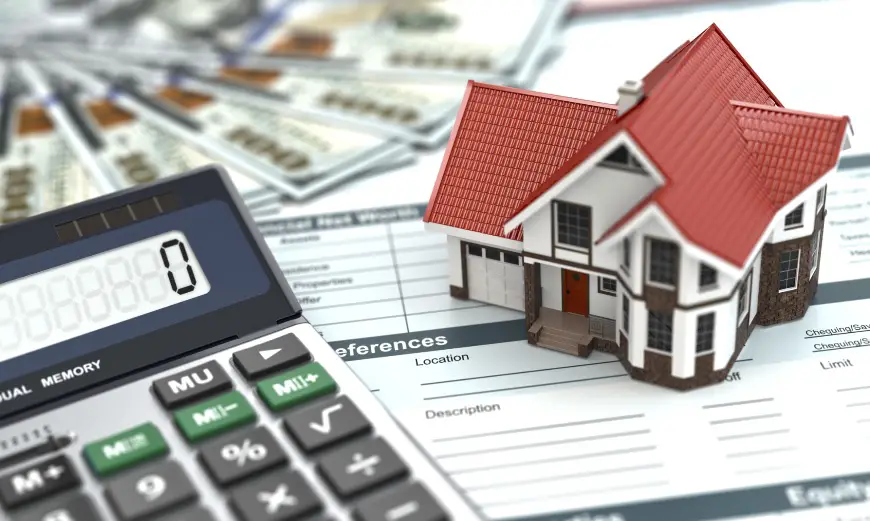Introduction: Embracing the Future of Smart Homes
Today’s homebuyers are increasingly looking for homes equipped with smart technology, as it offers enhanced comfort, convenience, and security. New home builders have recognized this trend and are incorporating smart features into their construction projects. It’s clear that smart technology is here to stay, so how can homeowners build a smart home system? In this article, we’ll guide you through the process of creating a smart home system, whether you’re upgrading your existing home or starting from scratch. And if you’re considering upgrading your home, you might want to look into using a HELOC for renovation financing at Achieve.com.
Step 1: Determine Your Needs and Budget
Before diving into building a smart home system, it’s crucial to identify your needs and establish a budget. Consider the areas of your home where you’d like to implement smart technology and the specific features you’re interested in.
Common smart home categories include:
– Lighting
– Heating and cooling
– Home security
– Home entertainment
– Appliances
Once you have a clear idea of your needs, set a budget for your project. Keep in mind that smart home technology can range from simple and affordable to highly sophisticated and costly.
Step 2: Choose Your Smart Home Platform
A smart home platform serves as the central hub for managing and controlling your smart devices. Some popular options include Amazon Alexa, Google Assistant, and Apple HomeKit. Each platform offers its own set of features and is compatible with different devices, so it’s essential to choose the one that best suits your needs.
When selecting a platform, consider factors such as ease of use, device compatibility, and the level of integration with third-party devices and services.
Step 3: Select Your Smart Devices
Now that you’ve chosen a platform, it’s time to select the smart devices you’d like to include in your home. Research and compare products within each category to find the best fit for your needs and budget.
Essential smart devices to consider include:
– Smart thermostats
– Smart lighting
– Smart door locks
– Security cameras
– Smart speakers and displays
– Smart appliances
Keep in mind that not all devices are compatible with every platform, so double-check that your chosen devices will work with your selected platform.
Step 4: Plan Your Network Infrastructure
A robust and reliable network is crucial for the smooth operation of your smart home system. Ensure that your home has strong Wi-Fi coverage in all areas where smart devices will be installed. You may need to upgrade your router, add a Wi-Fi extender, or invest in a mesh network system to improve your network’s performance.
Additionally, consider the installation of smart home devices that use other communication protocols, such as Zigbee or Z-Wave, which can provide improved reliability and connectivity compared to Wi-Fi alone.
Step 5: Install and Configure Your Smart Devices
Once you have your devices and network in place, it’s time to install and configure your smart home system. Follow the manufacturer’s instructions for each device, and take the time to familiarize yourself with their features and settings.
Ensure that all devices are connected to your smart home platform and configured to work together seamlessly. Some devices may require additional setup or integration with third-party services, so be prepared to spend some time getting everything just right.
Step 6: Optimize and Personalize Your System
With your smart home system up and running, take some time to optimize and personalize it to suit your lifestyle. Set up routines and automation rules to make your home more energy-efficient and convenient. For example, you can create a routine that turns off all lights and electronics when you leave the house, or have your smart thermostat adjust the temperature according to your schedule.
You can also customize your system by naming your devices, creating groups, and assigning rooms to each device. This will make it easier to control your smart home with voice commands or through your smart home platform’s app.
Enjoy the Benefits of a Smart Home
Building a smart home system can seem like a daunting task, but by following these steps, you can create a customized and efficient smart home that meets your needs and budget. With smart technology, you’ll enjoy enhanced comfort, convenience, and security, while also saving energy and reducing your carbon footprint. So, embrace the future of smart homes and enjoy the benefits that it brings.






